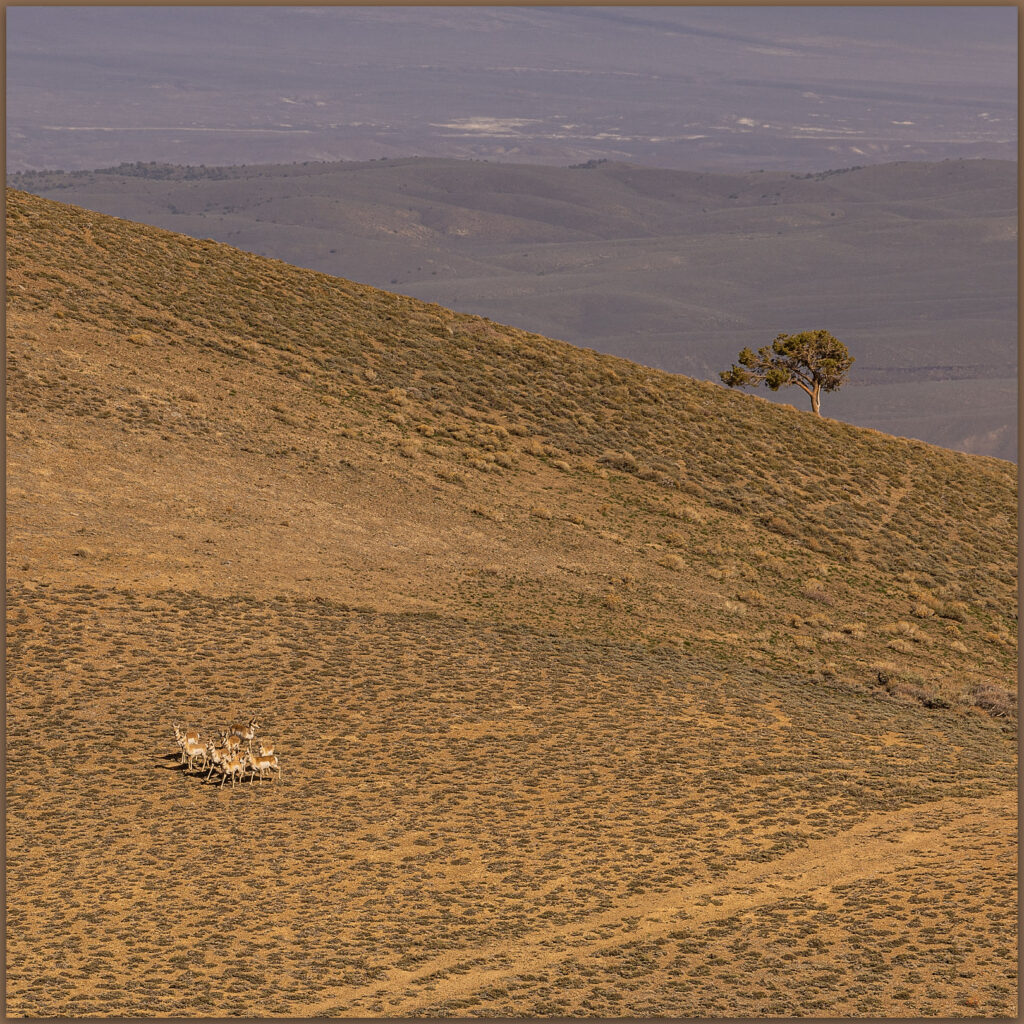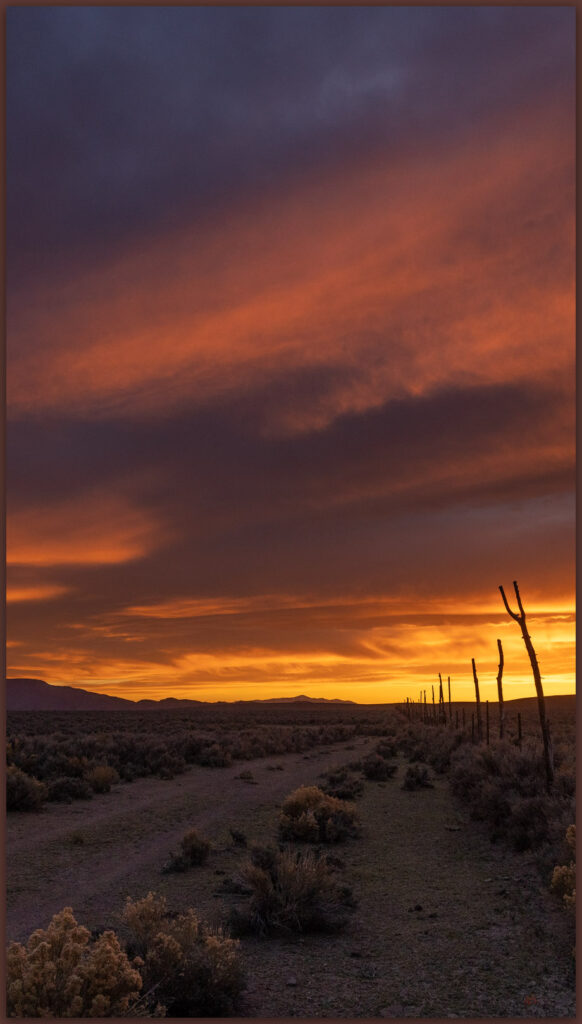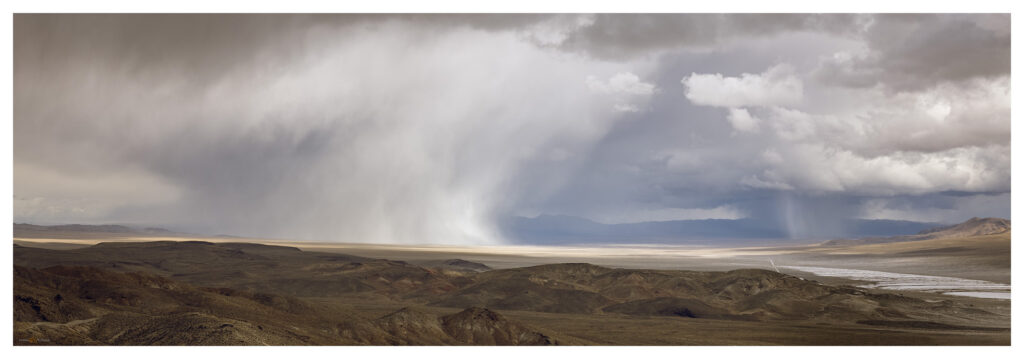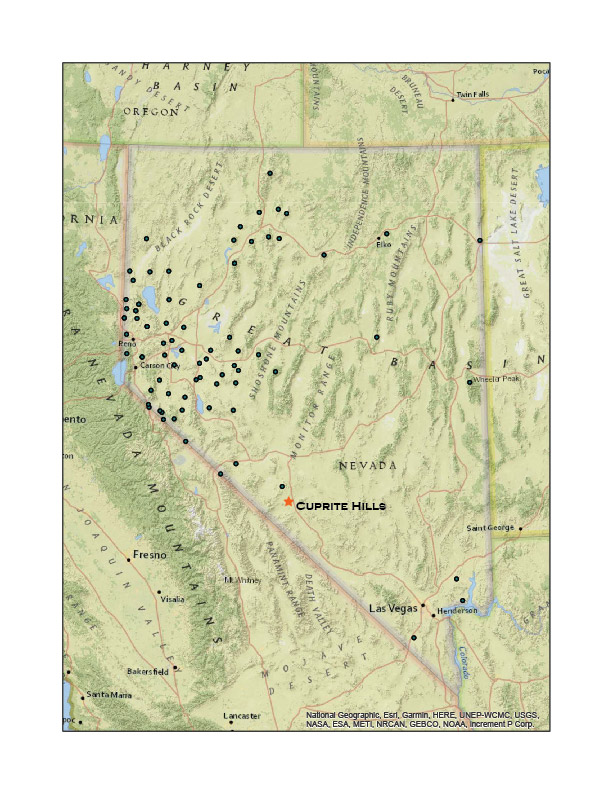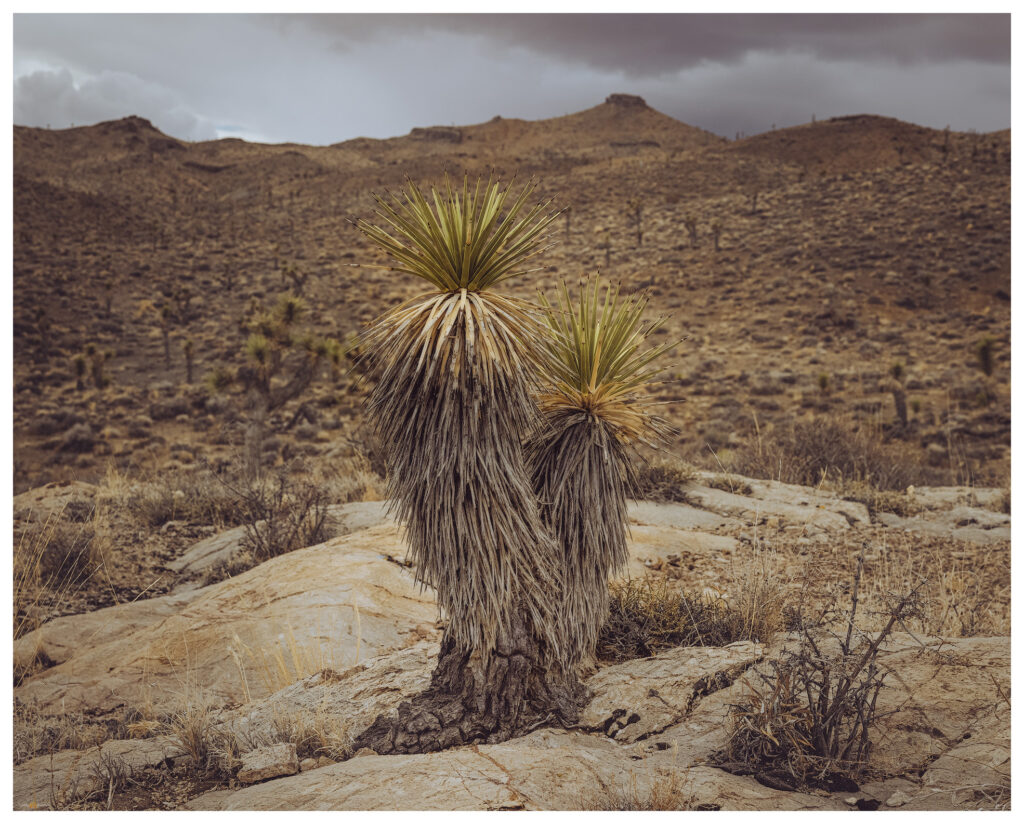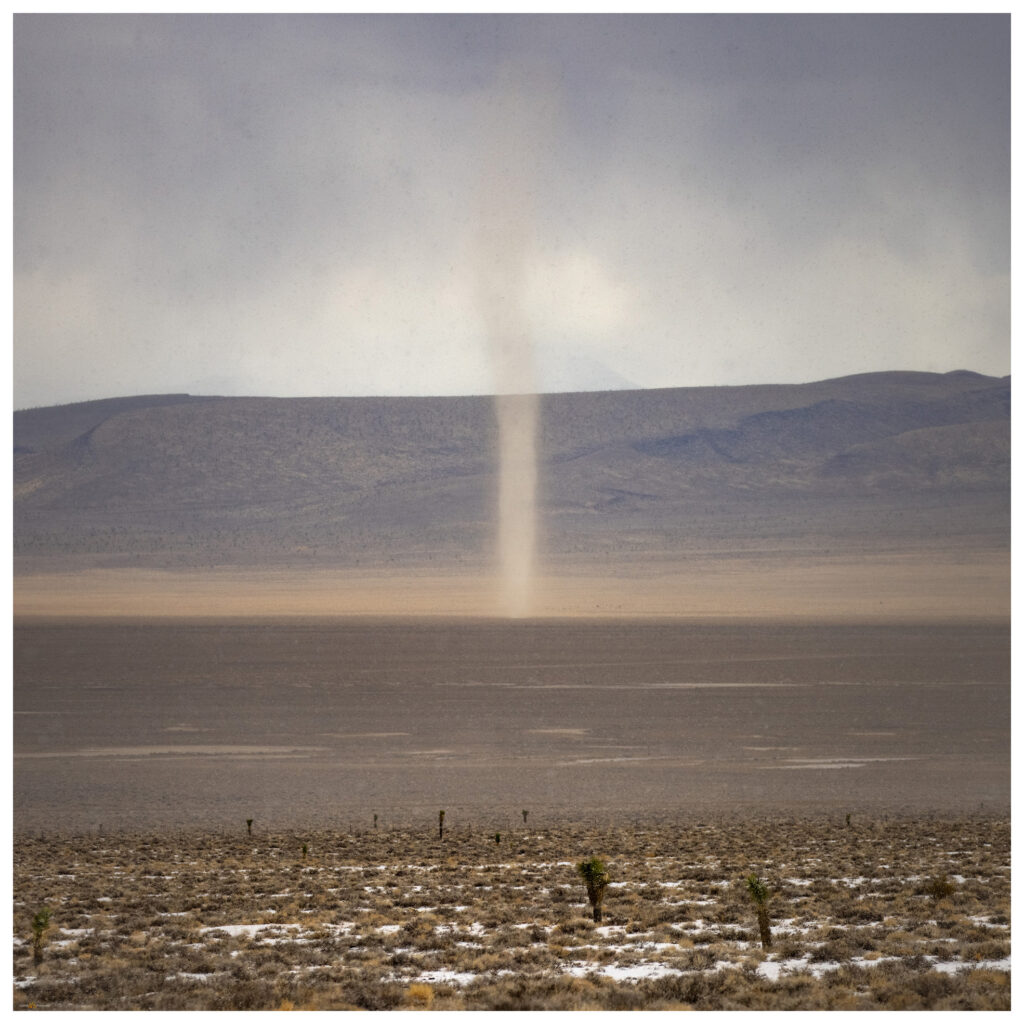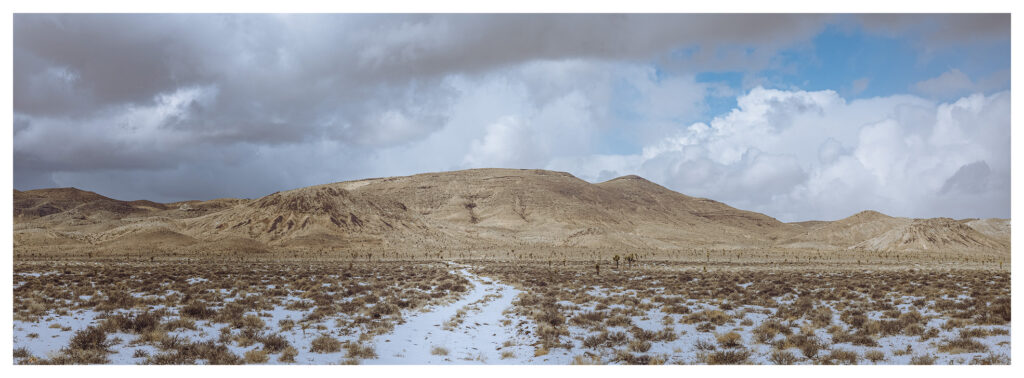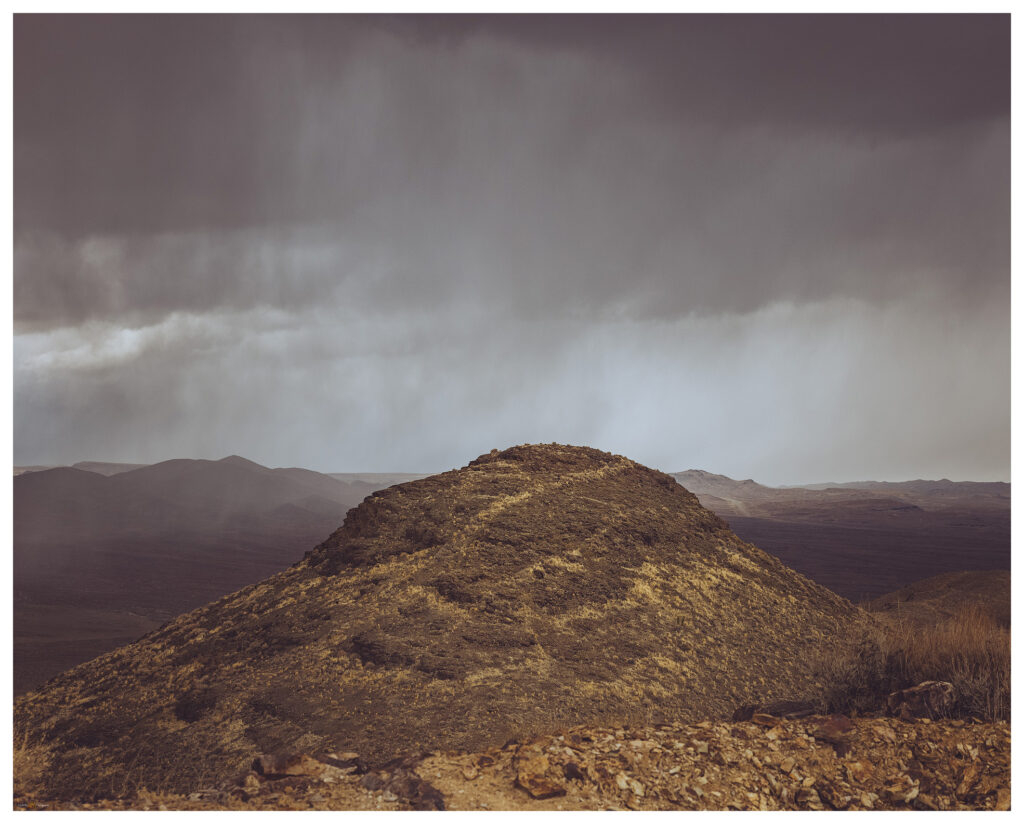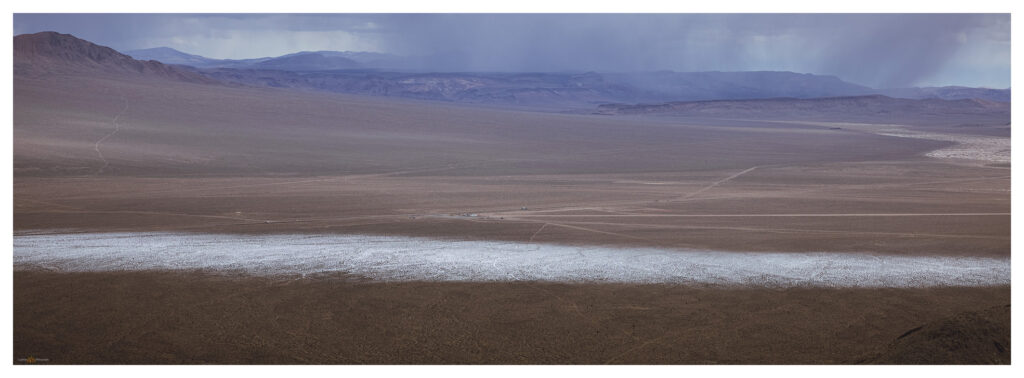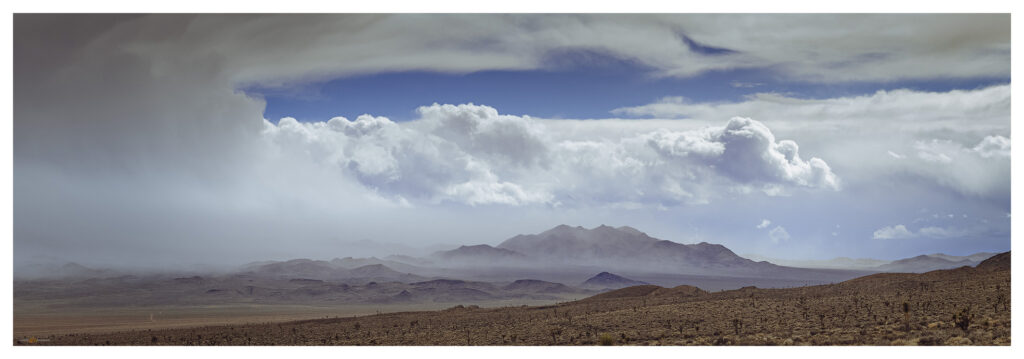
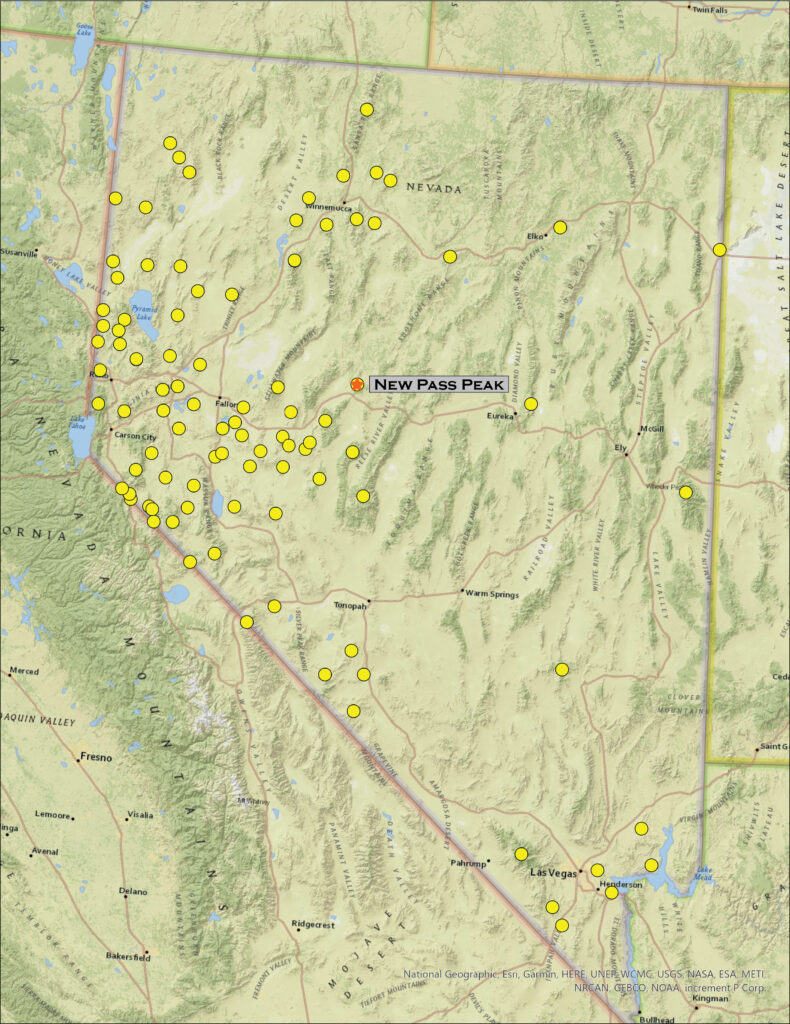
Big, round numbers are cool, and here I am at High Point #100. It is simply a step on the journey, but it is also a great measure of motivation and experience in getting here. I started this quest in 1995 visiting high points in earnest for a couple years until, some would say, bigger responsibilities got in the way. But like the 100-mile ultraruns I have completed, the long experience takes time and consists of many unique steps on many different trails. It is the process that matters. I am happy that the earnestness has returned, and I have reached the century mark – New Pass Peak, west of Austin (Nevada, of course).
I chose New Pass because the approach would be relatively straight-forward and due to an upcoming travel schedule, I did not have a full weekend. I also liked it because I see the peak commonly while traveling Highway 50, and I would have a common visual reminder of #100 as I travel across the state. As usual, Darren agreed to join the experience; we would get at least one camp night in.
We set camp on a small outcrop at the edge of the dry lakebed (playa) of Edwards Creek Valley. I have a geologic fascination with dust, so the silt dunes and fine-grained alluvium of valley bottoms are always interesting; I would have occasion to regret that interest later today. With my little camp trailer and Darren’s tent stashed in the valley, we began a driving traverse of the mountain front where the New Pass Range rises abruptly to the east. The road took us along the fire-barren alluvial fans and relict pediments, revealing a general absence of roads or tracks on mountain’s western front. Exploring further north we dropped into Antelope Valley (one of many Antelope Valleys) and explored its high basin with way too many parched wild horse herds. The fires and horses have had a significant adverse impact in this dry and ever-drier basin.

Our round-about tour led us in full circle to the old New Pass Mine Road where we thought we could start our three-mile (one-way) walk along a south-to-north ridgeline. We were met, however, by private property and cable gates that turned us away. At first disappointed, we felt encouraged when we finally found the roads leading along Gilbert Creek – learning that this is the route to access the communications facilities on the summit. We parked well down-canyon and started up a steep slope to intersect our original ridge route. Skeletal pinyon snags circled small groves that somehow survived the latest fire. Will the surviving groves be enough to seed the pinyon’s return?
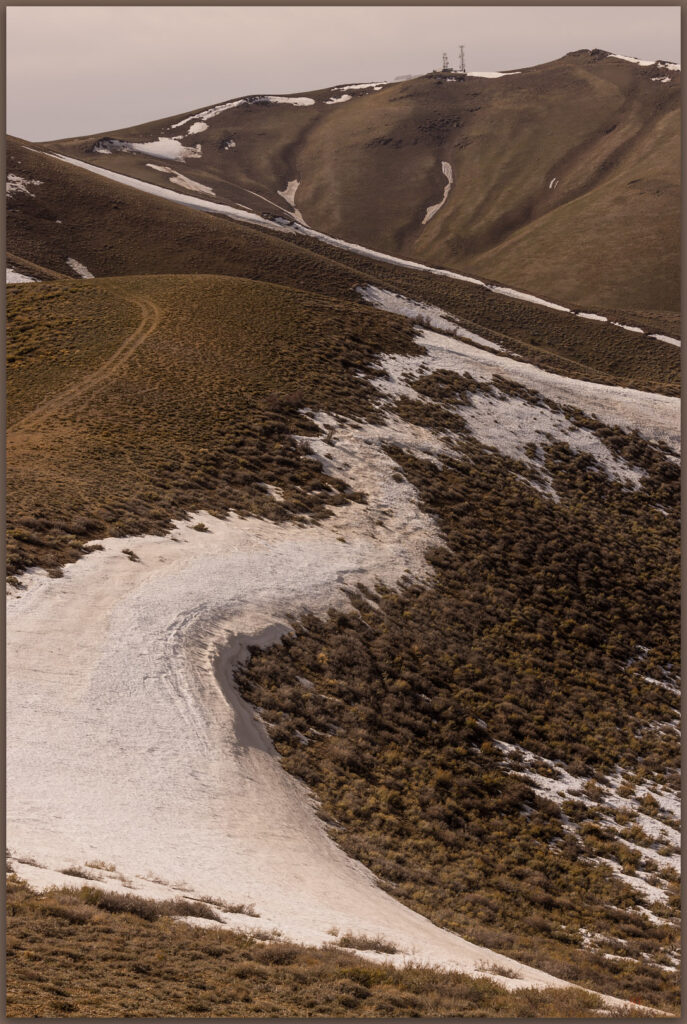
Pronghorn find us near the ridgeline. We only notice them when looking back on our route, and there they are, standing in the saddle we had passed through only moments ago. Not sure where they came from, but they watched us curiously and similarly as we kept moving away.
It was now windy, the skies smudged with dust from distant dry lakes and playas. We pushed through a few patches of snow to gain the final summit where the communication overwhelmed small patches of snow and glowered from the hilltop. It was nice that the actual highpoint was isolated a bit to the north, peaking at a rocky outcrop that overlooked the facilities and everything else. We tucked into the outcrop to sign the few scraps of paper that made up the register – if we scurried out from the rocks, the wind blasted our jackets into a noisy frenzy. We could see that Edwards Creek Valley was embroiling a dust storm of its own, and, somewhere in that cloud, our camp (or its remnants) was set. Sometimes dust is a bit too interesting and present.

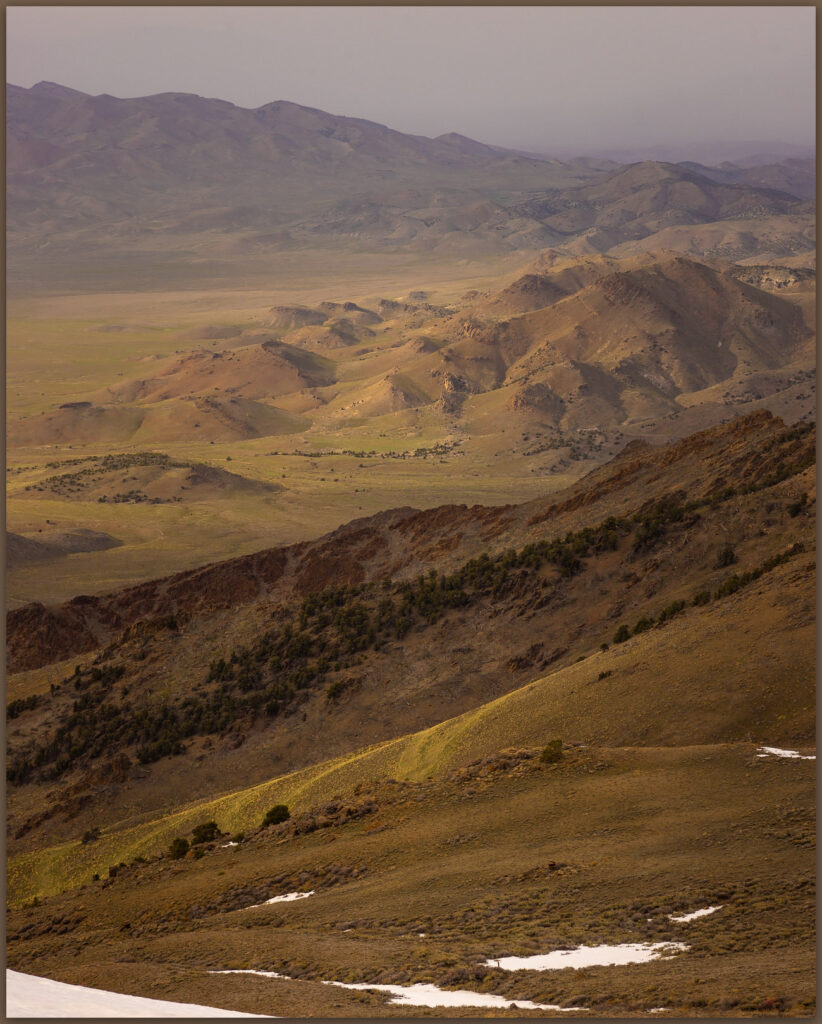
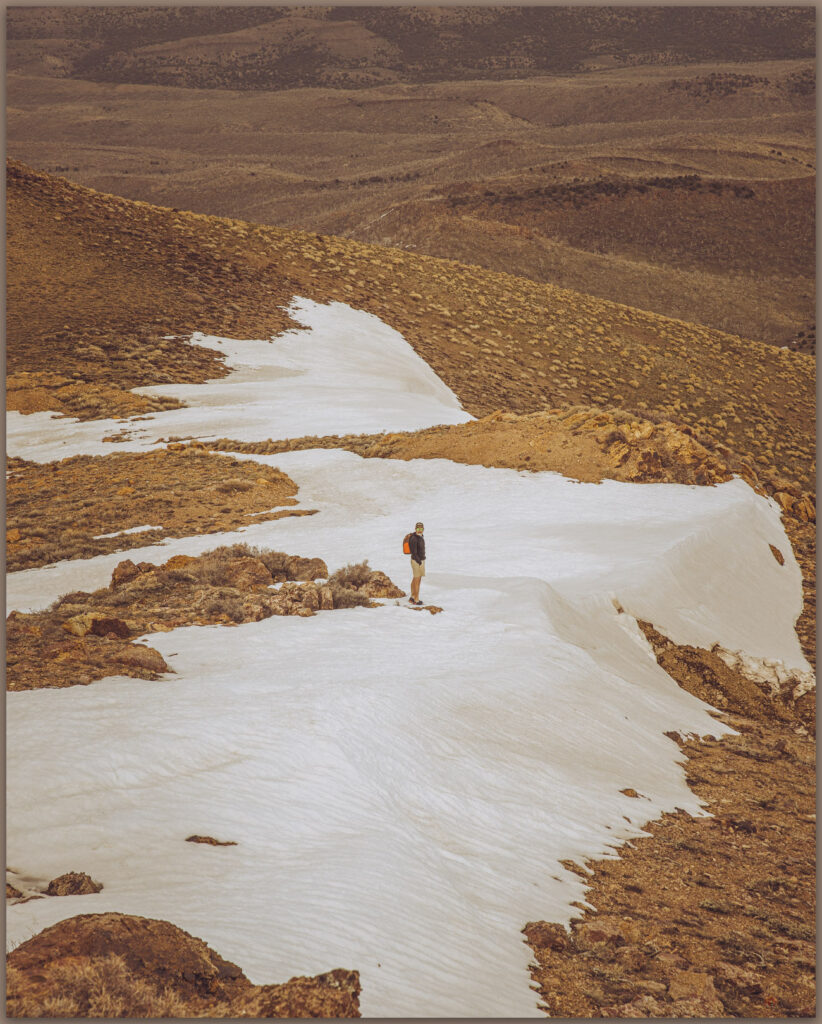
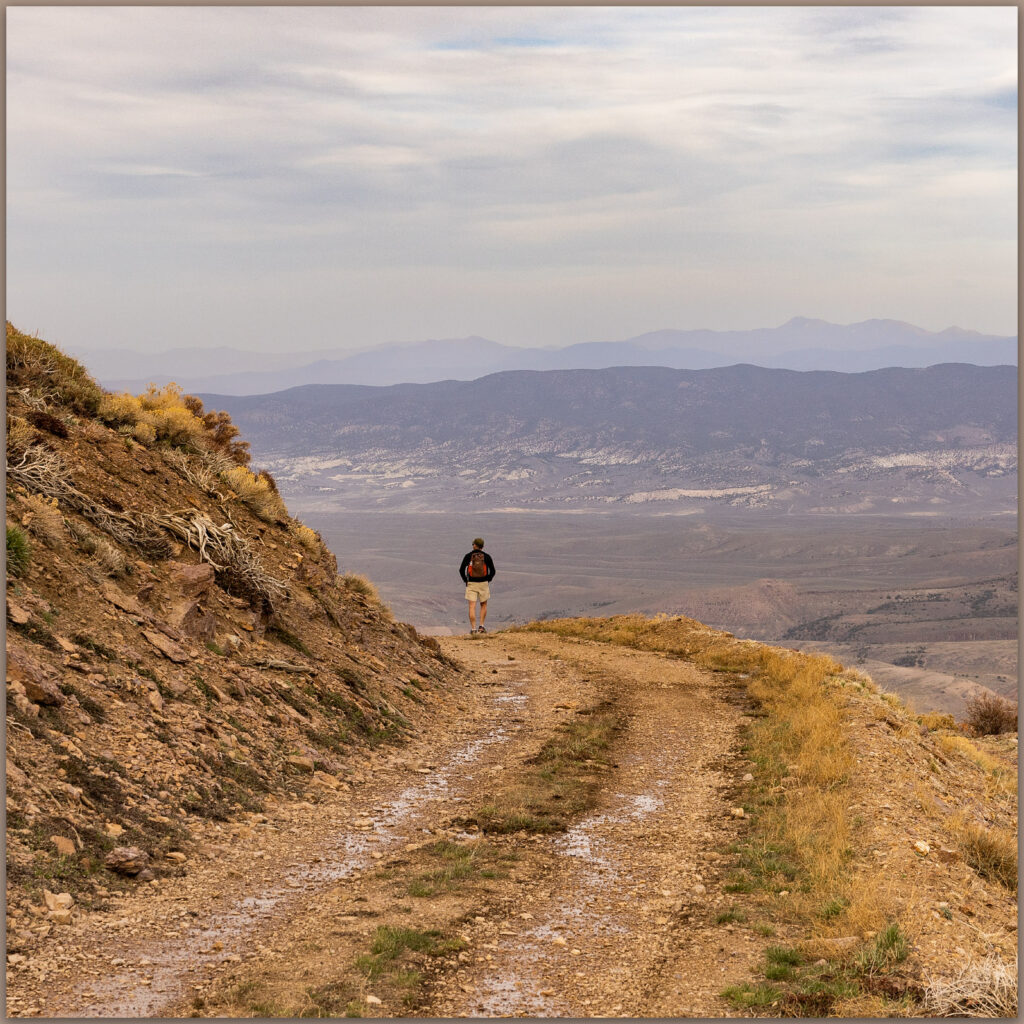
Never mind the gusts, the summit was splendid. Good views of the Toiyabe Range and Shoshone Mountains, along with some colors of the late afternoon working through the storm clouds and whirlwinds. The conditions calmed as we dropped onto the road into Gilbert Canyon where it soon became clear that we might have left the summit a bit early. It took about an hour to get back to the truck but in that time the sun reached the cloud gap at the horizon and shed glorious light on our area of central Nevada. At first, we raced the light on our return drive, hoping to catch a golden hour scene to photograph, but we settled quickly on the simple enjoyment of our warmly lit drive. We slowed considerably to take in the wonderful transition to night.
Our camp was a mess. Darren’s tent had clammed into a single dimension but was otherwise in its original location. The wind had calmed after powder-coating everything in sight – an amount, if measurable, would likely have been in the tons per acre for this one event. Dust influx occurs in those kinds of amounts, year after year, throughout the Great Basin. It is awesome (and dusty).
Click here for New Pass Peak Collection
Our skottle dinner provided special celebration. Darren had joined me on #100, a few days before my 58th birthday. Good times. The wind would return in the night, turning cold and occasionally waking us enough to witness new dust clouds blurring the Milky Way and the last of the winter constellations.
In the morning we scouted future access routes into the Clan Alpine Mountains where Mount Augusta awaits. We will get there soon. Of course, we have only 217 yet to go.
Keep going.
Please respect the natural and cultural resources of our public lands.
